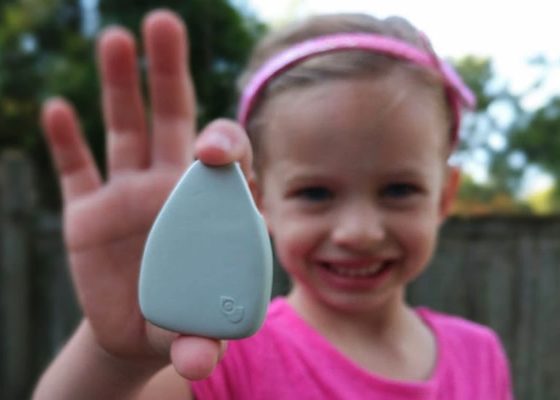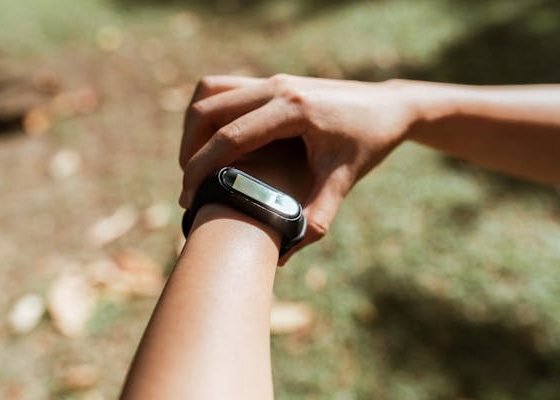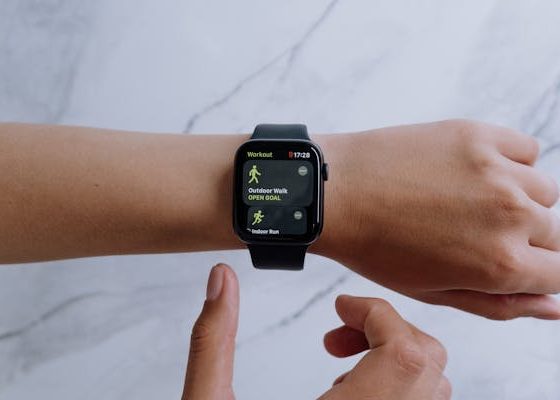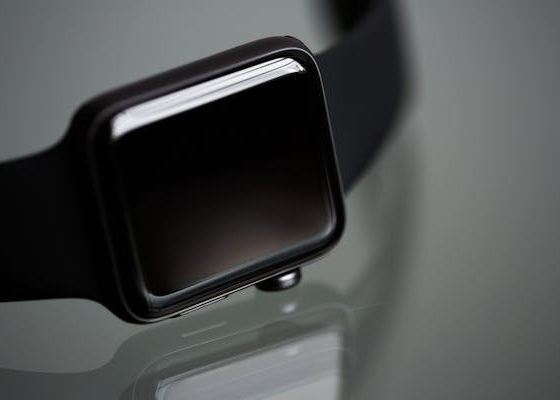
The world is witnessing an unprecedented demographic shift. The senior population is growing at an unprecedented rate, presenting unique challenges and opportunities. As seniors aim to age gracefully and maintain their independence, wearable technology for seniors emerges as a remarkable ally. This article delves into the realm of wearable innovations designed to enhance the lives of senior citizens, encompassing health, safety, connectivity, and more.
Understanding Wearable Technology for Seniors
The 21st century has been marked by the proliferation of wearable technology. From fitness enthusiasts to tech-savvy millennials, wearables have been embraced by a wide spectrum of users. However, it is the older demographic that stands to gain significantly from these technological marvels. Aging gracefully and independently is the goal for most seniors, and wearable technology for seniors innovations can help them achieve just that.
The Aging Population
- Demographics of the Aging PopulationThe demographics are clear – the elderly population is expanding rapidly. This shift is driven by factors such as increased life expectancy and declining birth rates, creating a larger share of seniors in society.
- Challenges Faced by SeniorsSeniors face an array of challenges, including declining physical and cognitive health, increased risk of falls, and feelings of loneliness and isolation. These hurdles can impact their quality of life.
- Potential of Wearables to Address These ChallengesWearable technology is uniquely positioned to address these challenges. By leveraging cutting-edge features, these devices can provide the elderly with the tools they need to navigate the journey of aging.
Health and Fitness Wearables
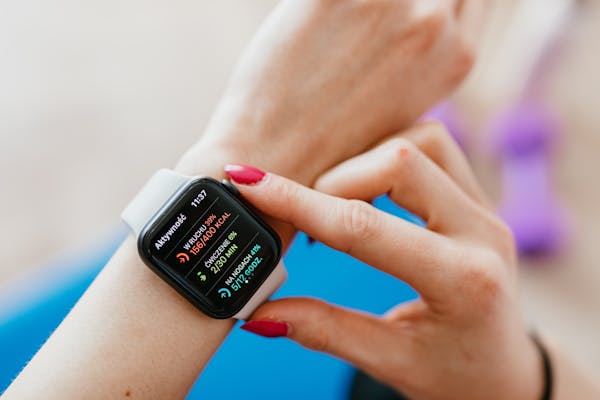
Fitness Trackers: Monitoring Daily Activity
Fitness trackers have become a staple in wearable technology for seniors, with features such as step counting and sleep tracking. For seniors, these devices offer valuable insights into their daily physical activity levels. A gentle nudge to move or get enough sleep can significantly impact overall well-being.
Heart Rate Monitors: Early Detection of Heart Issues
Medication Management
Smart Pill Dispensers: Medication Reminders
Medication non-adherence is a critical issue among seniors. Smart pill dispensers are equipped with features like medication reminders and alerts for missed doses. This aids in ensuring seniors stick to their prescribed regimens.
Fall Detection and Prevention
Wearable Fall Detection Devices: Accelerometers and Gyroscope Technology
Falls are a leading cause of injuries among the elderly. Wearables with accelerometers and gyroscopes can detect sudden movements and impacts, alerting caregivers or medical professionals in case of a fall.
Cognitive Health
Brain-Training Wearables: Games and Exercises for Memory Improvement
Cognitive decline is a common concern for seniors. Wearable brain-training devices offer memory-boosting games and exercises to keep the mind sharp. Tracking cognitive health over time provides a holistic view of cognitive well-being.
Safety and Location Monitoring
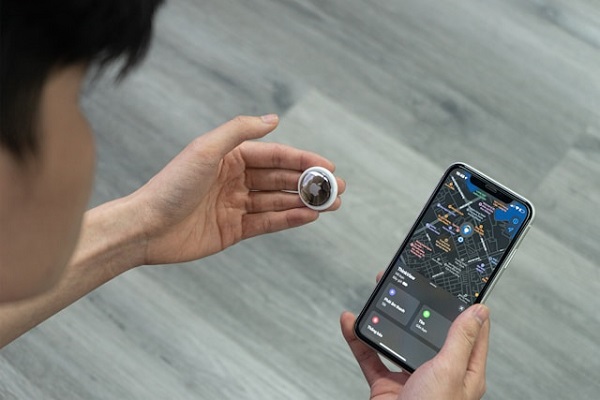
GPS Tracking Wearables for Seniors: Geo-fencing for Safe Zones
Seniors who suffer from dementia or Alzheimer’s disease can wander off and become disoriented. GPS tracking wearables with geo-fencing capabilities allow caregivers to set safe zones and receive alerts if the senior leaves that area.
Social Connection
Loneliness and isolation are significant concerns for seniors. Wearable technology for seniors can facilitate video calls, messaging, and access to virtual social communities. This fosters meaningful social connections and combats feelings of loneliness.
Hearing Assistance
Age-related hearing loss is common among seniors. Smart hearing aids and amplifiers with customizable sound settings and connectivity to other devices ensure seniors can actively engage in conversations and stay connected. This exemplifies the transformative potential of wearable technology for seniors in enhancing their communication abilities and overall quality of life.
Vision Assistance
Comfort and Well-being
Wearable technology for seniors, such as smart clothing and fabrics designed for temperature regulation, keep seniors comfortable in changing climates. Additionally, pain management wearables such as TENS units provide relief from chronic pain, enhancing overall well-being.
Wearable Design for Seniors
Senior-friendly wearables prioritize accessibility and usability. Ergonomics and comfort are integral to the design, ensuring seniors can easily operate these devices.
Privacy and Data Security
Privacy concerns are paramount. Wearable technology must employ robust encryption and secure cloud storage to protect personal data. Users should have control over data access and permissions.
Cost and Affordability
Economic barriers can limit access to wearable technology for seniors. Options such as insurance coverage and subsidized programs are vital to ensure affordability and inclusivity.
Case Studies
Real-life examples and personal testimonials highlight the positive impact of wearable technology on the lives of seniors, showcasing how these innovations are making a real difference.
Future Innovations
The world of wearable technology is continually evolving. Emerging technologies, such as AI-driven predictive health analytics and advanced sensor technologies, hold promise for further enhancing senior well-being.
Challenges and Limitations
Despite the immense potential, there are challenges to widespread adoption. Technological barriers and reluctance to embrace new technologies among the elderly must be addressed for these innovations to reach their full potential.
Conclusion
In an era marked by technological advancement, wearable technology for seniors innovations has emerged as powerful tools in the quest for seniors to age gracefully and independently. These devices address a wide spectrum of challenges, from health and safety to social connection and comfort. As we look to the future, the synergy between seniors and wearable technology promises to redefine aging, enhancing the quality of life for this growing demographic.

